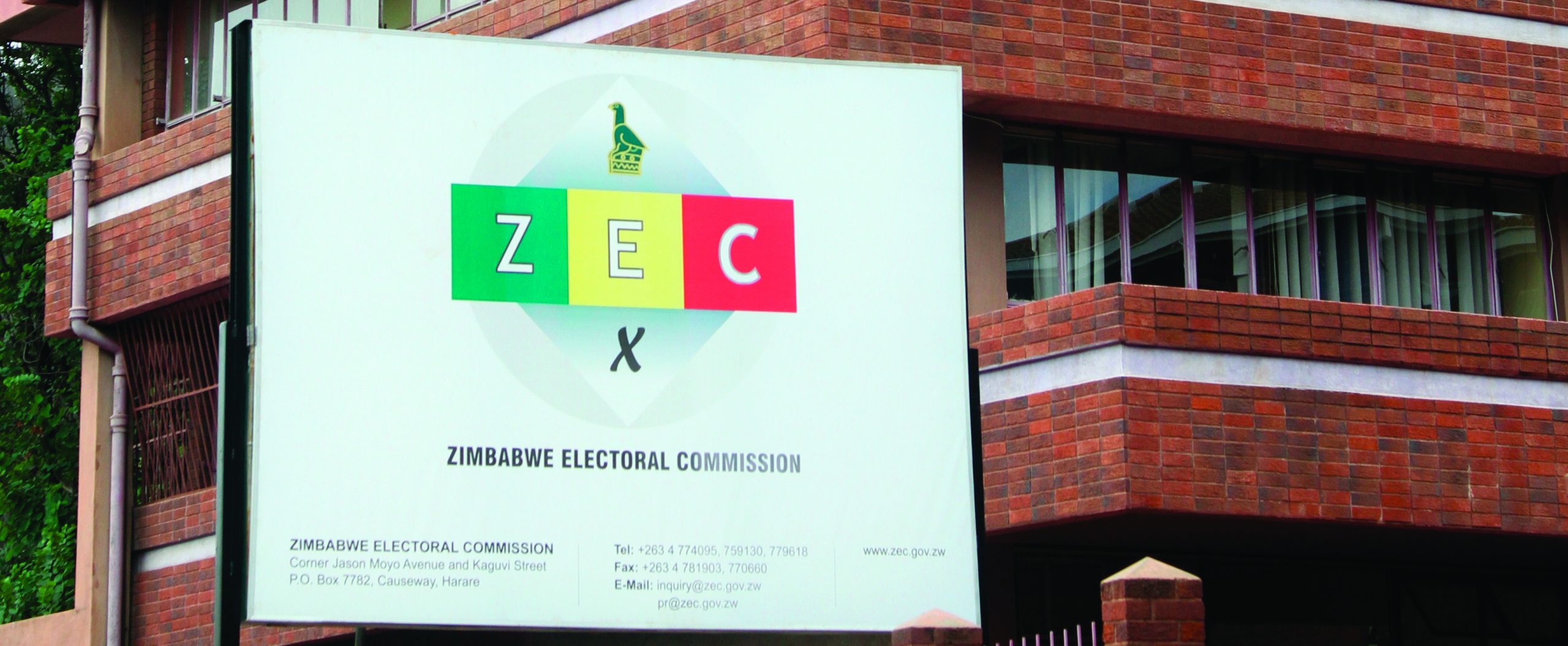
BY MIKE E JURU AND KUDZI CHITIVA
Coming from a background where questions are raised pertaining to green buildings, the need for clarification is evident to ensure this seemingly new phenomenon is understood and enhance chances of the concept being embraced.
There are many definitions of what a green building is or does.
Definitions may range from a building that is “not as bad” as the average building in terms of its impact on the environment or one that is “notably better” than the average building.
It can also represent a regenerative process where there is an improvement and restoration of the site and its surrounding environment.
In a nutshell, the ideal “green” project preserves and restores habitat that is vital for sustaining life and becomes a net producer and exporter of resources, materials, energy and water rather than being a net consumer.
A green building is one whose construction and lifetime of operation assure the healthiest possible environment while representing the most efficient and least disruptive use of land, water, energy, and resources. The optimum design solution is one that effectively emulates all the natural systems and conditions of the pre-developed site after the development is complete.
While many green materials and technologies appear to cost more, it has been demonstrated that many green strategies and technologies actually cost the same and some even cost less than traditional “not-so-green” technologies.
- Chamisa under fire over US$120K donation
- Mavhunga puts DeMbare into Chibuku quarterfinals
- Pension funds bet on Cabora Bassa oilfields
- Councils defy govt fire tender directive
Keep Reading
Further, by embracing green materials, it largely should be viewed as an investment rather than a cost.
By blending the right mix of green technologies that cost less with green technologies that cost the same or slightly more, it is possible to have a very green building project that costs the same as a conventional one.
Often the key to a cost-effective green building and site design lies within the interrelationships and associated cost and performance trade-offs that exist between different building systems.
For example, the use of high-performance windows and window frames increases the first cost of the building envelope, however, the resultant reduction in the size and cost of the heating and cooling system of buildings more than offset the added cost of the better glazing system.
The result is a building that has a comparable or even a lower first cost, a higher comfort level as well as reduced energy use, lower energy bills and low-cost building maintenance.
It is critical to make the decision to build a green building early in the design process in order to maximise the green potential, minimise redesign, and assure the overall success and economic viability of the green elements of the building project.
Making a commitment to build green and establishing firm environmental objectives for the project must be done as early as possible because opportunities for incorporating green technologies and design solutions become less and less available and increasingly costly to implement as the project design and construction process progress.
Ideally, the decision to build green should be made before the site is selected, as many of the green criteria are affected by site characteristics and some sites are inappropriate for certain green projects.
Once the decision to build green has been made, one of the first steps in the green design process is to establish firm environmental goals for the project.
This is often done during what is called a goal setting or targeting session.
During this session, it is important to set specific measurable goals for things like energy efficiency, water conservation, on-site treatment of rain water and storm water, material and resource management, construction waste management, and to assign the responsibility for meeting these goals to specific members of the design team. Each goal needs a champion who will see that objective through to the end.
Hiring a design team with prior green design experience is highly desirable, but not essential provided that the design team is augmented with architects or engineering consultants who do have experience in green building and site design principles and technologies. The collective knowledge, experience, and dedication of the design team will determine the overall success of the green project. All members of the green team should participate in the project goal setting session. Once the goal setting process has been completed it may become obvious that meeting certain goals may require expertise that lies outside the current design team. Specialised consultants may need to be engaged for specific elements of the design and construction process or to oversee all elements of the green design programme. These specialists will be able to bring new ideas and solutions to the table for consideration and should be included in the project as early as possible.
Building a green building is not just a matter of assembling a collection of the latest green technologies or materials. Rather, it is a process in which every element of the design is first optimised and then the impact and interrelationship of various different elements and systems within the building and site are re-evaluated, integrated and optimised as part of a whole building solution. For example, interrelationships between the building site, site features, the path of the sun, and the location and orientation of the building and elements such as windows and external shading devices have a significant impact on the quality and effectiveness of natural day-lighting. These elements also affect direct solar loads and overall energy performance for the life of the building. Without considering these issues early in the design process, the design is not fully optimised and the result is likely to be a very inefficient building. This same emphasis on integrated and optimised design is inherent in nearly every aspect of the building from site planning and use of on-site storm water management strategies to envelope design and detailing and provisions for natural ventilation of the building. This integrated design process mandates that all of the design professionals work cooperatively towards common goals from day one.
Ultimately it’s your call to responsible citizenry: Do what is right, protect the environment through green construction.
- Juru and Chitiva are councillors at Green Building Council of Zimbabwe










